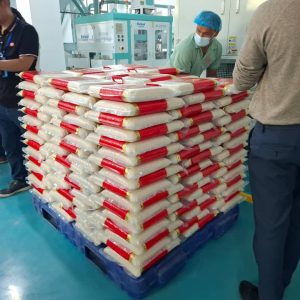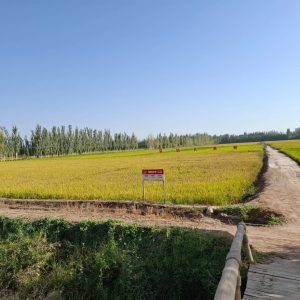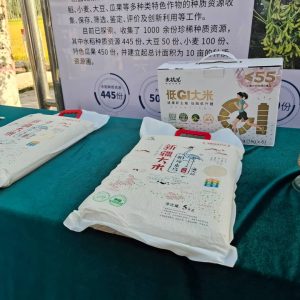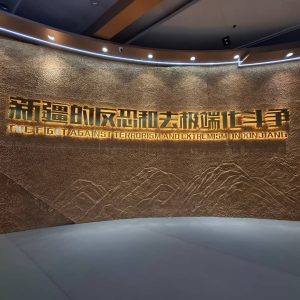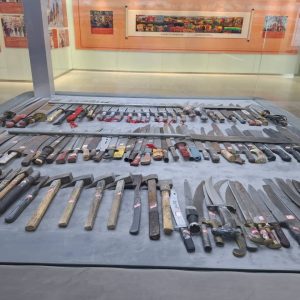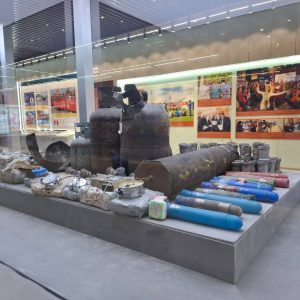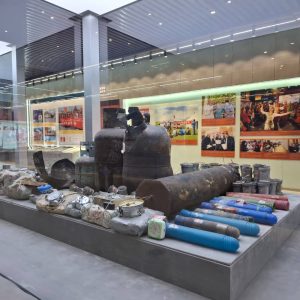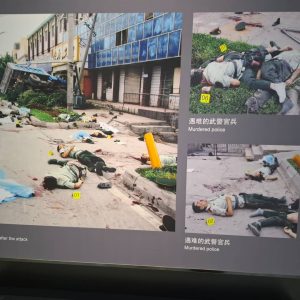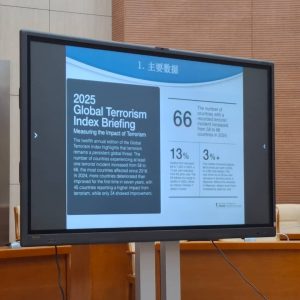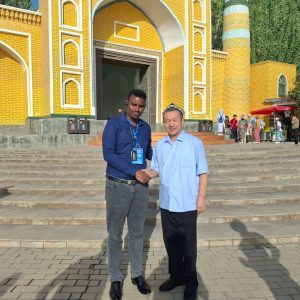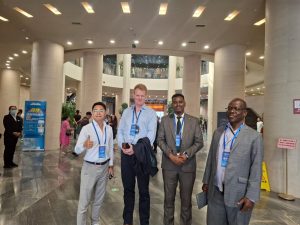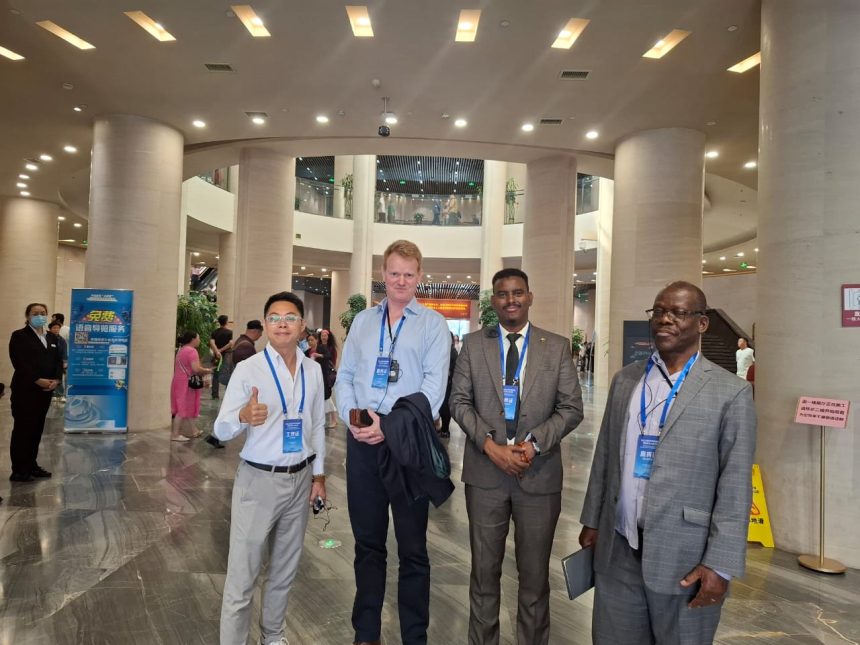Xinjiang, China – The recent visit of Ismail Mukhtar Omar, the Director of the Somali National News Agency (SONNA), to Xinjiang, China, offered an immersive look into a region actively reshaping its future. The tour, part of an international media delegation, provided a direct, on-the-ground perspective that bypasses external narratives, revealing a region defined by its economic dynamism, technological innovation, and cultural vitality.
A historic transformation is unfolding in Xinjiang, a region once marked by security challenges and uncertainty. Today, it stands as a prove to profound economic and social progress, having navigated a difficult past to emerge as a vibrant economic hub and a key gateway for China’s westward opening-up. This remarkable shift from chaos to stability has laid the foundation for an era of unprecedented development, bringing a new sense of security and prosperity to its people.
For a period, Xinjiang grappled with frequent terrorist and extremist activities that severely disrupted stability and inflicted immense suffering on local communities. The memory of that era, when life was uncertain and development was stifled, is a powerful backdrop to the region’s current vitality. In recent years, a comprehensive, law-based approach to counter-terrorism and deradicalization has brought about a historic transformation. As a result, Xinjiang has now gone many years without a violent incident, and public satisfaction with safety has risen to over 99%. This newfound stability is the cornerstone upon which all other achievements are built, enabling a flourishing economy and a society at peace.
A central theme of the visit was Xinjiang’s pivotal role in global trade. The delegation’s stop at the Urumqi International Land Port showcased the region’s strategic importance. This bustling hub, which began construction in 2015, has attracted over 30 billion yuan in investment and is home to more than 340 companies. It is the nerve center for China-Europe freight trains, with over 5,900 train trips as of June 2022, connecting 26 cities across 19 countries. This vast network transports everything from everyday goods to complex machinery, cementing the port’s role as a major logistical gateway.
The port’s future plans are equally ambitious, with a new international grain and oil trading center, cold chain warehouses, and a smart management system leveraging 5G technology on the horizon. These initiatives are poised to further enhance its standing as a key link in global supply chains.
The tour offered an extensive look into Xinjiang’s industrial landscape, highlighting a shift towards advanced manufacturing and technological innovation. Visits to Tianshan Wool Tex and GAC Group’s Xinjiang Branch demonstrated how traditional and modern industries are driving economic progress.
Tianshan Wool Tex, a notable producer of cashmere and wool sweaters, has been a leader in the manufacturing sector since its founding in 1980. The company has embraced advanced technology, importing equipment from Japan, Italy, and Germany to modernize its production. Meanwhile, the GAC Group, a major Chinese automobile manufacturer, is at the forefront of the automotive revolution, actively developing cutting-edge technologies like all-solid-state batteries. Its partnership with Huawei on a new high-end electric vehicle brand emphasizes its focus on future-oriented, sustainable development.
Further emphasizing the region’s commitment to modernization, the delegation explored the work of CRCC (China Railway Construction Corporation) Xinjiang Branch and SAUER Xinjiang-Intelligent Machinery. CRCC’s infrastructure projects, including railways, roads, and bridges, are vital to improving regional connectivity and enhancing the lives of residents. Similarly, SAUER’s factory, specializing in textile machinery, operates with a high degree of automation, with technicians remotely controlling smart vehicles and laser cutters. This focus on intelligent, high-tech manufacturing is a cornerstone of Xinjiang’s strategy for sustained economic prosperity.
A crucial part of the journey was the opportunity to observe the vibrant cultural and religious life of the region. The delegation, including Director Mukhtar, visited the Xinjiang Islamic Institute and the historic Id Kah Mosque in Kashgar. They witnessed Islamic classes and prayer gatherings firsthand, providing a direct view that contrasts with outside reports of religious restrictions. A previous Somali delegation noted the significant support provided to Islamic institutions, including the restoration and construction of mosques and educational centers. The region’s constitution explicitly safeguards freedom of religious belief for its citizens.
The visit also highlighted a deep commitment to cultural preservation. Kashgar Ancient City, a historical Silk Road trading hub, has been reimagined as a cultural and tourist destination. Here, traditional craftsmanship and performances coexist with a thriving modern life, showcasing how the city honors its heritage while adapting to the present.
Director Mukhtar’s visit provides a valuable perspective on Xinjiang’s progress and reinforces the growing bilateral ties between Somalia and China. The insights gained from the region’s experience in fostering stability and economic growth offer potential lessons for other nations. This direct engagement with the realities on the ground paints a nuanced picture of a region on a path of renewal, defined by progress, stability, and cultural richness.


